All things short and sharp: hangers, briquets, cutlasses, hunting swords, faschinenmesser, machetes, parangs, goloks, bolos, knives, daggers -- you get it.
Don't wanna be here? Send us removal request.
Text
The sword of the day is the charay.
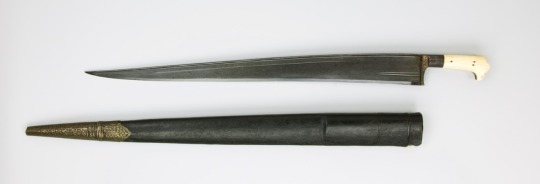
The charay, also known as the Khyber knife, is a short sword originating from the Khyber pass in Pakistan, though similar blades can be found throughout India and Persia. Despite its simple silhouette, it is a deceptively complex sword. The spine of the blade is raised, giving the blade a T-shaped cross section that lends it a tremendous amount of rigidity and strength despite its relatively thin blade.
219 notes
·
View notes
Text
This is a hunting knife or cleaver, likely this one, but def not a dussack.

Dussack with calendar for the year 1528. Germany.
174 notes
·
View notes
Text
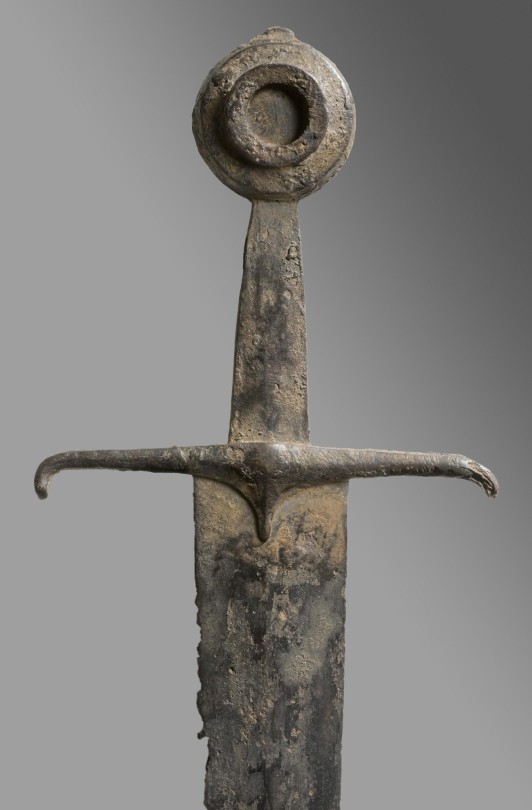
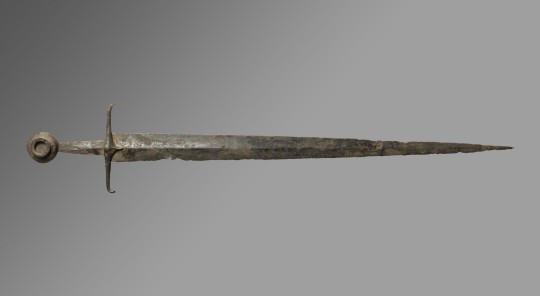
An Arming Sword found near Castillon-la-Bataille,
OaL: 37.9 in/96.2 cm
Weight: 3.3 lbs/1489 g
England or France, ca. 1450, housed at the Philadelphia Museum of Art.
679 notes
·
View notes
Text
Overall length: 98cm (38.5in)
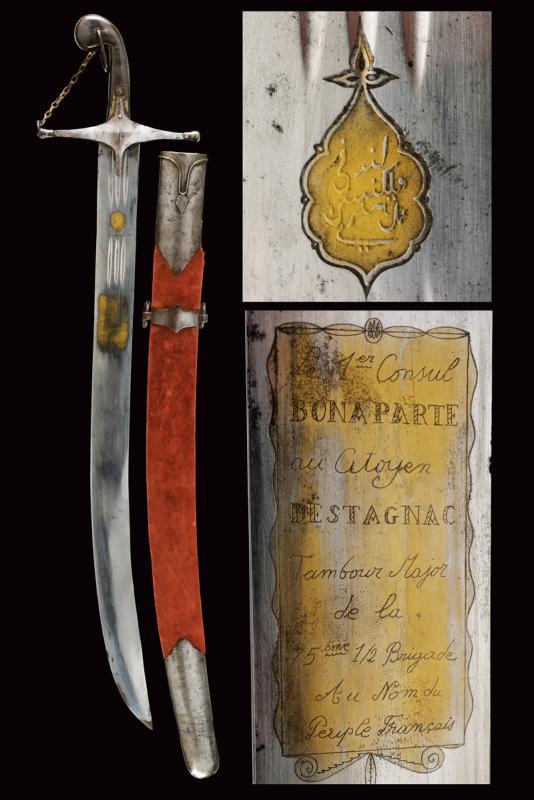
Presentation saber given by Napoleon Bonaparte to Drum Major De Stagnac during the Egypt campaign, circa 1800
from Czerny's
69 notes
·
View notes
Text
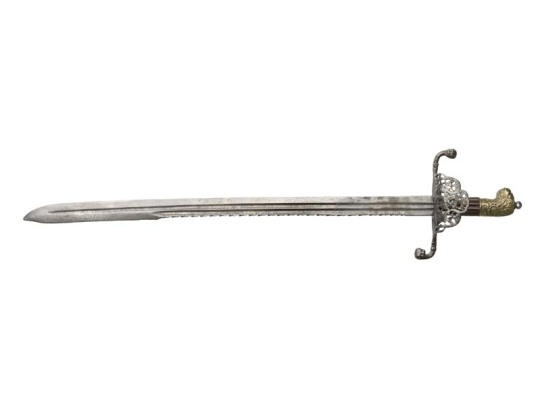
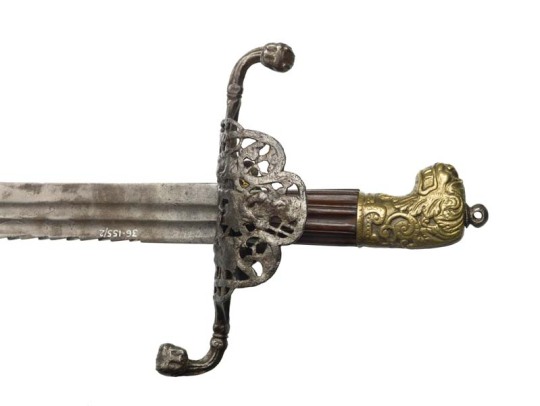
English sword dated 1634
from The Museum of London
473 notes
·
View notes
Photo
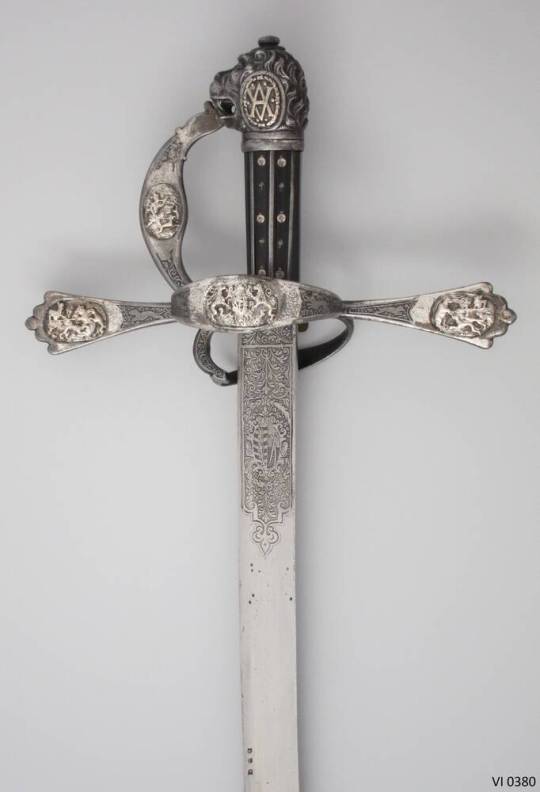
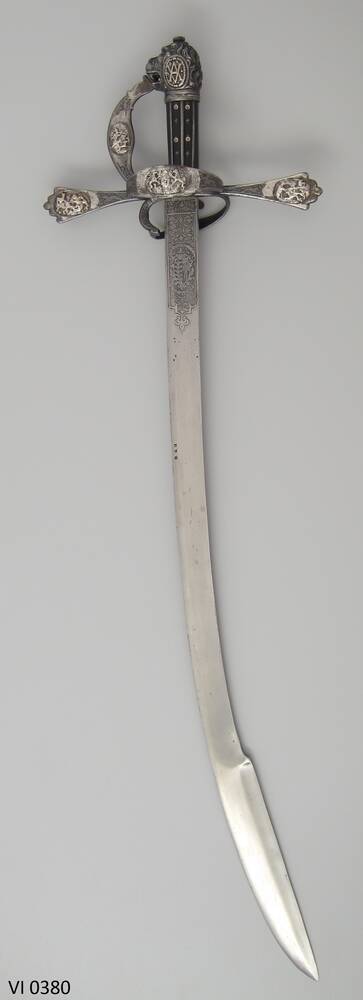
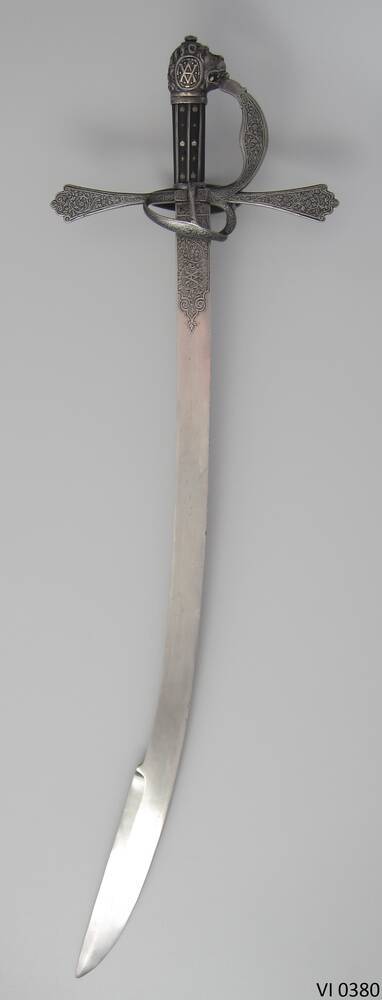
A beautifully wrought and etched Dussack commissioned by the Electress Anna of Saxony for her husband August, attributed to Ulrich Jahn,
OaL: 37.1 in/94.2 cm
Blade Length: 31.1 in/79 cm
Weight: 3.5 lbs/1604 g
Annaberg, Germany, ca. 1570-1580, housed at the Staatliche Kunstsaamlungen, Dresden.
1K notes
·
View notes
Text
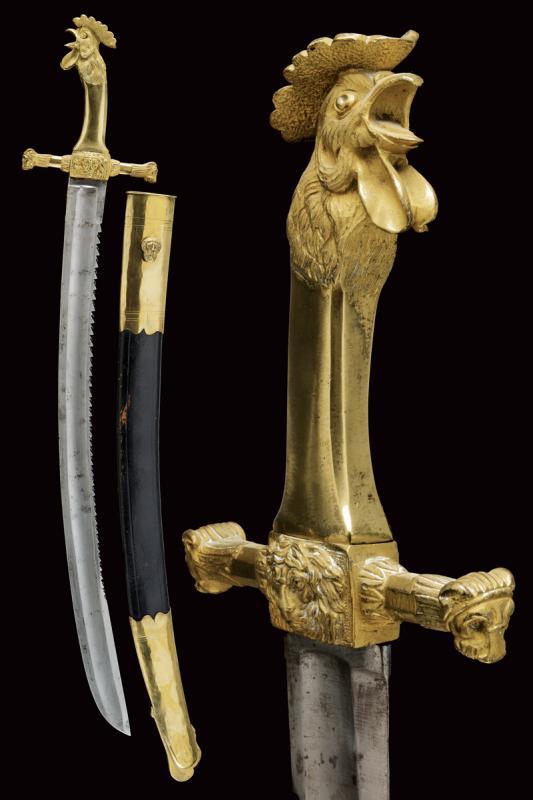
French sapper officer's sword, circa 1800
from Czerny's International Auction House
637 notes
·
View notes
Text
A Nepalese khukurī glossary
[abridged article by Peter Dekker, Mandarin Mansion Antiques, 2020; text and photographs licensed under a Creative Commons Attribution 4.0 International License]
Introduction
A lot of the khukurī ( खुकुरी ) related vernacular in use today among collectors is based on oral traditions, and there is a lot of variety between the various glossaries that are scattered over the web. This is in part due to the various languages and dialects in use in the cultural melting pot that is Nepal.
Over time, concepts and terminology change, and on top of that many things are simply forgotten, misinterpreted, or misremembered. This article presents an annotated overview of historical khukurī terminology. The bulk of the terms come from the first Nepali-English dictionary, compiled by Sir Ralph Lilley Turner (1888 - 1983). In 1931 he wrote "A Comparative and Etymological Dictionary of the Nepali Language" which serves as the main source for the overview of terms that follows below. [1]
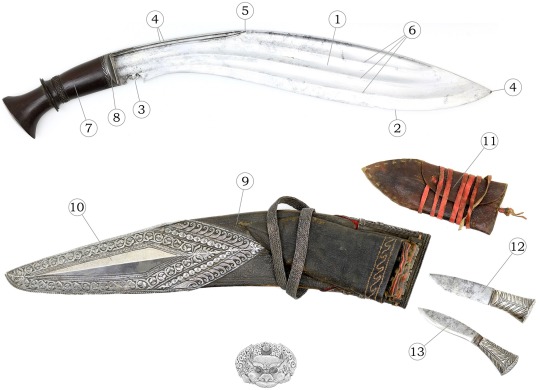
Overview of khukurī parts
# English Devanagari Transliteration
1 Blade बाड़् bāṛ
2 Edge धार् dhār
3 Notch कौड़ो kauro
4 Grooves along the base of the blade खोल् khol
5 Shoulder of blade पातो pāto
6 Ridge (of fuller)* चिरा cirā
7 Grip बिँड़् bĩṛ
8 Bolster काँजो kã̄jo
9 Scabbard दाप् dāp, dāb
10 Silver chape कोथि kothi
11 Purse carried in the sheath खिसा khisā
12 Small utility knife कर्द karda
13 Fire striker / sharpening steel चक्मक् cakmak
*Cirā is the only word in the list that is not directly related to the khukurī in the dictionary, but it is probably the word that is widely known today as chirra.
According to Taylor, cirā is derived of cirnu, literally "To split, rip up, cut, lacerate" is the word used for the ridges between each groove. [2] It is also used in the slightly different form, ciro (चिरो) to describe: "A splinter; cut, slice; (esp.) a slice of cucumber cut lengthwise."
A number of khukurī types are differentiated by the layout of their fullers, or the absence thereof:
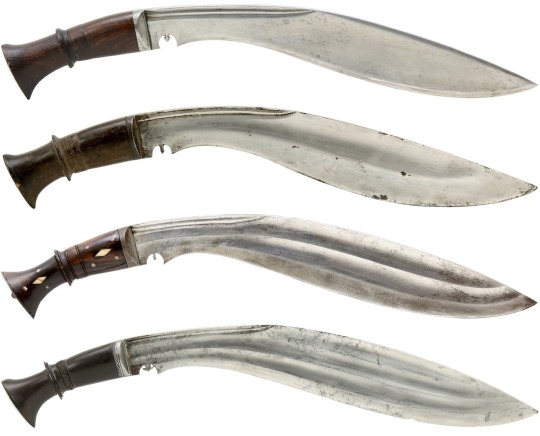
Āṅa (आङ); flat, like a kitchen knife. [3]
Āṅa khol (खोल् आङ); a single fuller running along the spine. (Commonly called ang khola.)
Du'i cirā (दुइ चिरा); "two split", two fullers in the blade. (Commonly called dui chirra.)
Tīna cirā (तीन चिरा); "three split", three fullers in the blade. (Commonly called tin chirra.)
Terms relating to decoration
Buṭṭā (बुट्टा) or buṭo; Embroidery; braid; filigree work.
Bel-buṭṭā (बेल्-बुट्टा); Scroll-work on a khukri-sheath.
Belahari (बेलहरि); Embroidery, scroll-work.
Belahari buṭṭā (बेलहरि बुट्टा); Scroll-work on a khukri sheath.
Jire buṭṭā (जिरे बुट्टा); Fluted ornamentation (e.g. that on the silver of a khukri sheath). Jire means of or like cumin-seed.
Haikale buṭṭā (हैकले बुट्टा) a kind of ornamentation on a khukri handle like a succession of hooks.
Mākhe buṭṭā (माखे बुट्टा); Ornamentation consisting of lines of small dots. Mākhe means "pertaining to flies or like flies.
Sã̄gle buṭṭā (साँगले बुट्टा); Ornamentation in chains.
Materials
Paṭpaṭe (पट्पटे); adjective: Striped. Also a particular kind of tree the wood of which is used for making khukri handles (= bhālu kāṭh). Talauma Hodgsoni also known as Magnolia hodgsonii, or Chinese magnolia.
Gilaṭ (गिलट्); Nickel, German silver. Sometimes used for the bolster of a khukri.
Ispāt (इस्पात्); Steel.
Phaulād (फौलाद्); A kind of hard and tough steel. From the Persian faulād, a name for wootz.
Jhulo (झुलो); Fibre; tinder made of the bark of the sago palm or bamboo or plantain and carried in the pocket of the khukurī sheath.
Relating to the khukurī
Pāin or pain (पाइन्); Blade temper, especially of a khukurī.
Lāgne (लाग्ने); Applicable, sharp (of knife).
Bhutte (भुत्ते); Adjective. Blunt, e.g. bhutte khukri: a blunt khukri.
Ujyāunu (उज्याउनु); To sharpen, give an edge to.
Lagāunu dhār (लगाउनु धार्); to give an edge, sharpen. Lagāunu literally means: To put on, wear (clothes); arrange, fix, set up, plant.
Macāunu (मचाउनु); To make rise, flourish (e.g. a khukri).
Kāṭnu (काट्नु ); To cut, cut off; kill; reap.
Jār kāṭnu (जार् काट्नु) to kill an adulterer. (When the husband has killed the adulterer with his khukri and cut off the nose and hair, he proclaims openly in the village 'jār kāṭẽ' and displays the blood-stained khukri. This proclamation saves him from the accusation of murder.). Jār (जार्) means paramour, adulterer.
Caṛkinu (चड़्किनु); To crack, split (e.g. dewāl caṛkyo the wall cracked, khukuri ko bẽṛ carkieko cha the haft of the khukri is split).
Kāmi (कामि); Blacksmith, iron-worker, armorer. (This is one of the pohoni or despicable castes, and the word kāmi, implying contempt, is often replaced by lohār.)
Lohār (लोहार्) Iron-worker, blacksmith.
Notes 1. Sir Ralph Lilley Turner; A comparative and etymological dictionary of the Nepali language. London: K. Paul, Trench, Trubner, 1931. 2. I owe Jonathan Said for explaining that the chirra actually denote the ridges and not the fullers themselves. Personal communication. 3. Resham Shercha, an ex Gurkha. Personal communication.
137 notes
·
View notes
Text
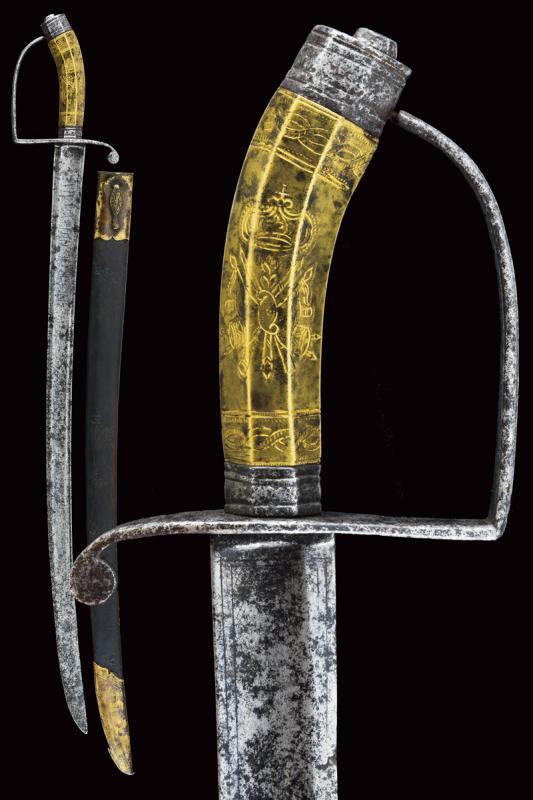
Light infantry officer's saber, Kingdom of Naples, mid 18th century
from Czerny's International Auction House
228 notes
·
View notes
Text
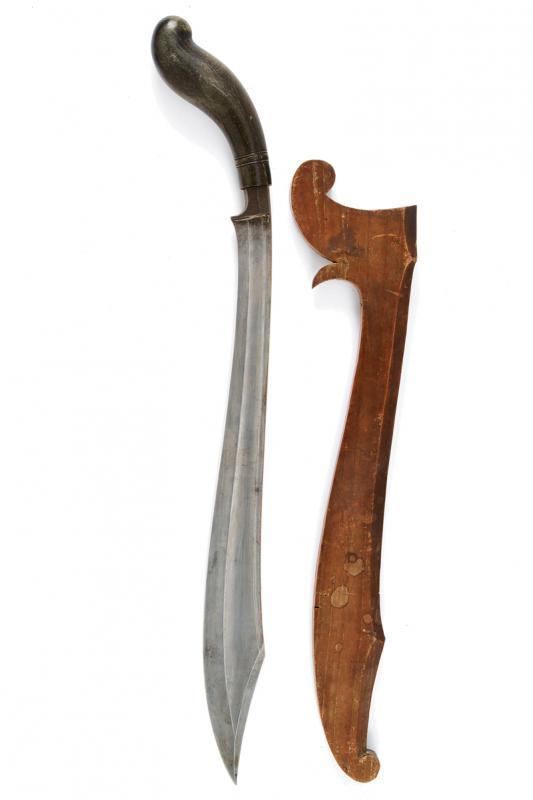
Short sword, Minangkabau people (West Sumatra, Indonsia) 19th century
from Czerny's International Auction House
327 notes
·
View notes
Text

Flint dagger, Demark, 8000 - 2000 BC
from The Princeton University Art Museum
226 notes
·
View notes
Text
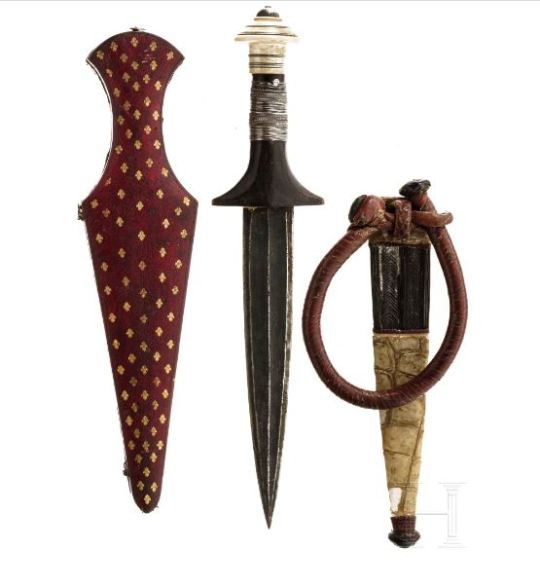
Tuareg dagger, North Africa, circa 1900
from Hermann Historica
146 notes
·
View notes
Text
Likely a European-style hilt and blade combination produced in Indonesia, rather than a European hilt on an Indonesian blade.
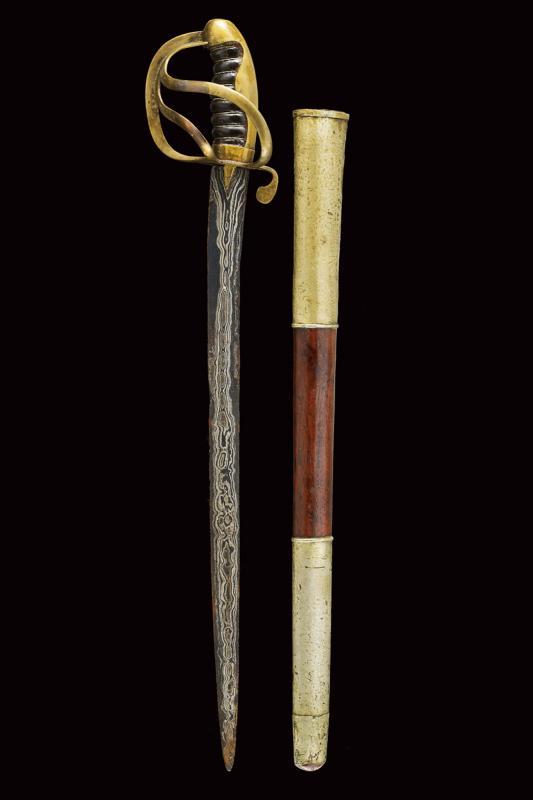
Short saber with European hilt, Indonesia, 19th century
from Czerny's International Auction House
222 notes
·
View notes
Text
Huh. That's...huh.
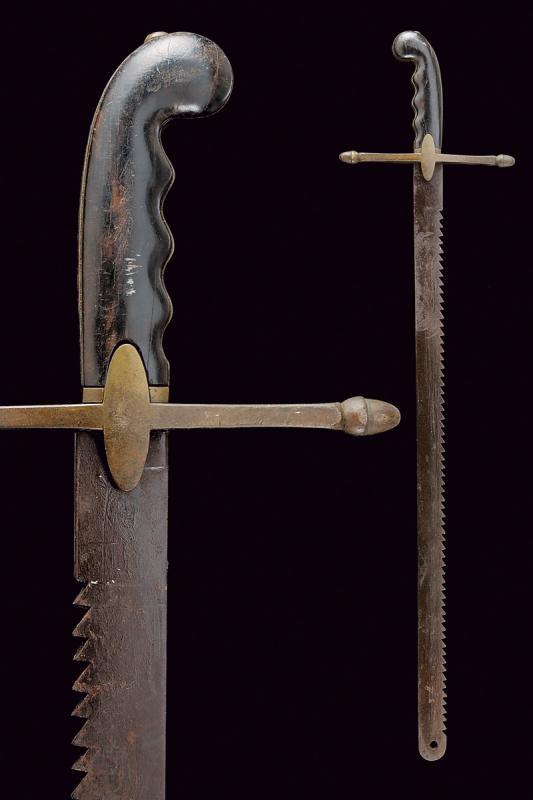
Model 1845 saber issued to infantry carpenters, Italy, mid 19th century
from Czerny's International Auction House
304 notes
·
View notes
Photo
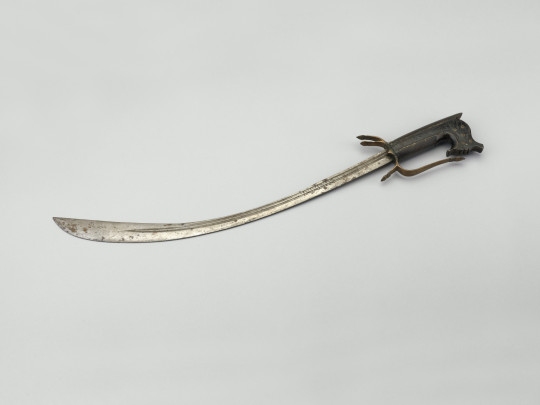
A Nimcha with a painted grip,
OaL: 25.2 in/64 cm
possibly Algeria, 17th-18th century, housed with the Royal Collection Trust.
162 notes
·
View notes
Text
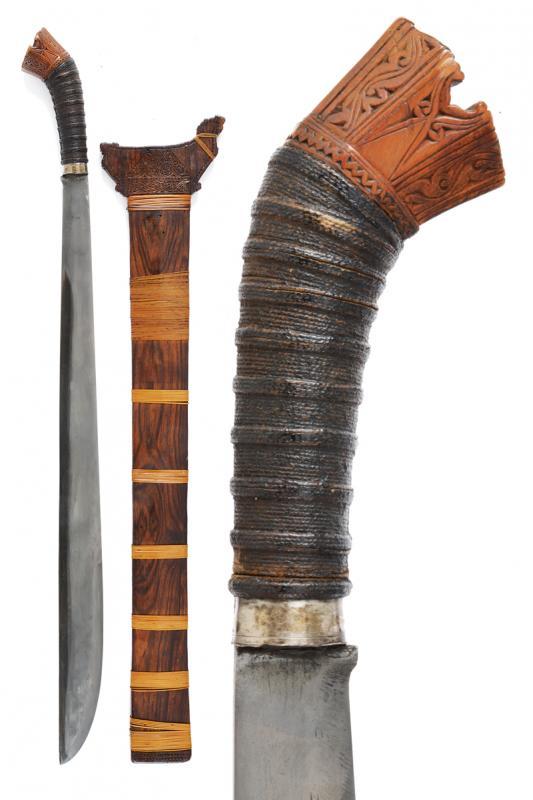
Bangkung of the Yakan O Tausug tribes, Mindanao (The Philippines), early 20th century
from Czerny's International Auction House
146 notes
·
View notes
Text
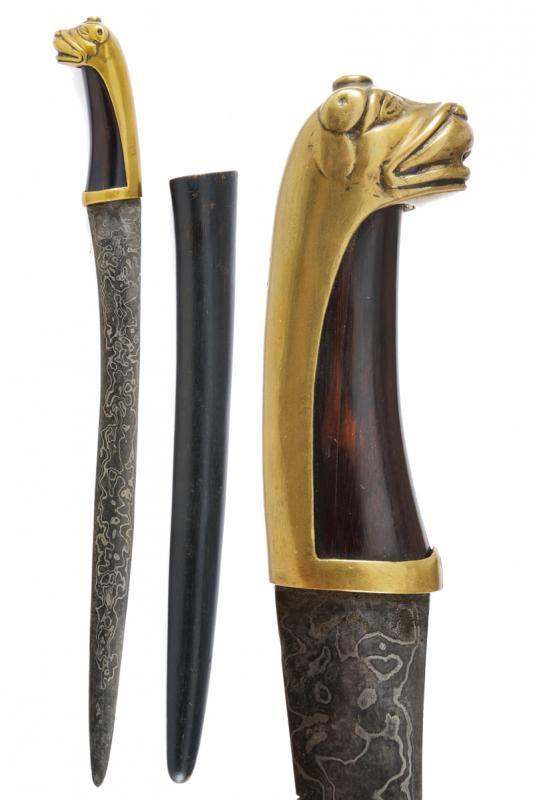
Short sword from Giava, Indonesia, 19th century
from Czerny's International Auction House
212 notes
·
View notes